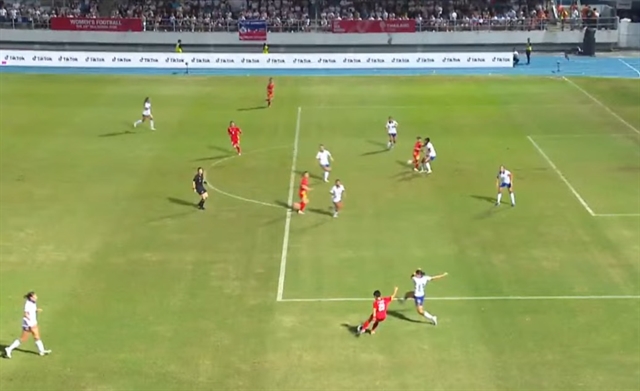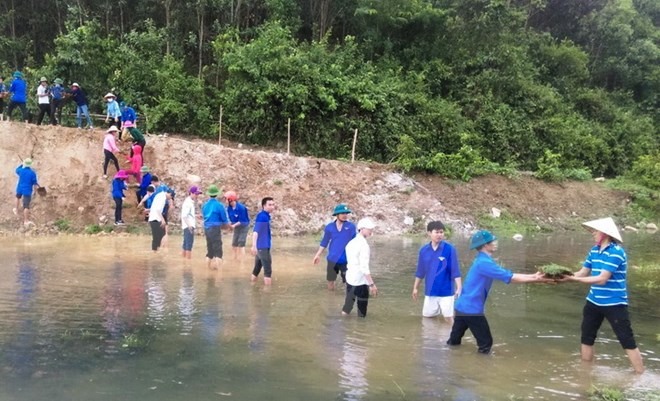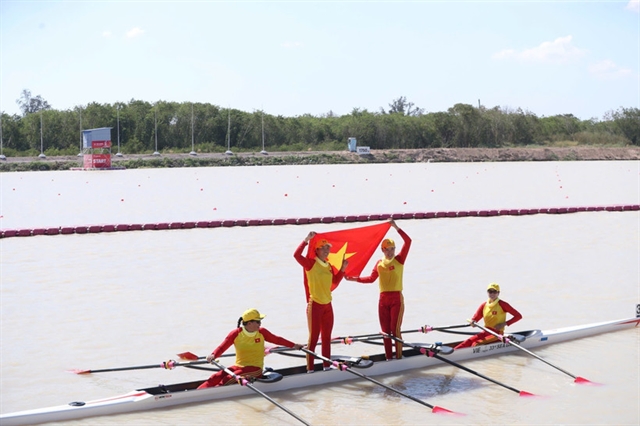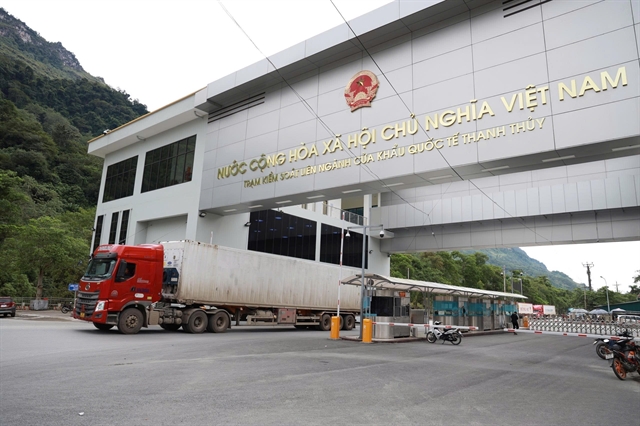 Society
Society

Prolonged exploitation of sand and coarse gravel in rivers is changing currents and causing embankment erosion, which puts the dyke systems under risk, the Dyke Management Department said on Tuesday.
 |
| Workers carrying out dike reinforcement. — VNA/VNS Photo |
Hà Nội — Prolonged exploitation of sand and coarse gravel in rivers is changing currents and causing embankment erosion, which puts the dyke systems under risk, the Dyke Management Department under the Ministry of Agriculture and Rural Development said on Tuesday.
Overexploitation will ruin a dyke’s structure (which may not be visible to the eye) and make it weak and at the risk of collapsing during floods, warned Vũ Xuân Thành, director of Dyke Management Department.
“Large-scale sand and gravel exploitation in rivers is becoming more and more common in many localities across the country,” Thành told online Vietnamplus.vn.
The agency said sand and gravel exploitation is taking place at 93 river sections, which have 118km of dykes running along them. There are 737 erosion spots that cover 1,257km nationwide.
Many businesses misuse riverbed dredging projects for illegal sand and gravel exploitation, which cause erosion of the riverbank, Thành said.
For example, the dredging project in Cầu River went 17m deep into the riverbed compared to permitted depth of 2.81m. Similarly, the dredging project on Luộc River in the northern province of Hưng Yên dredged into a protected space on Mai Xá embankment, which has threatened the safety of the construction.
The Cát Bi embankment in the section of Hồng River between Hà Nội’s Phú Xuyên District and Hưng Yên Province’s Khoái Châu District is in the danger of collapsing any time.
Prolonged and illegal exploitation have made riverbeds deeper and changed currents, Thành said. According to statistics, the Lô, Hồng and Đuống riverbeds have become three to six metres deeper in the past 10 years. The flow from Hồng River to Đuống River has risen to 39 per cent from 24 per cent.
In many river sections with deeper beds, water often cannot be pumped out for irrigation. The surrounding residential areas also see land erosion, reveal statistics.
The main reason for this ruthless exploitation is that authorities are granting too many licences and not keeping a close check on dredging activities, Thành said. Moreover, local governments have also not defined violations.
To solve the problem, Thành suggests that relevant offices and local governments work closely together and assign responsibilities to specific officials, who will then be in charge of granting licences for sand and gravel exploitation. Provinces should also disseminate information on the importance of protecting dykes, regulations, and flood and storm preparedness, Thành said. — VNS




